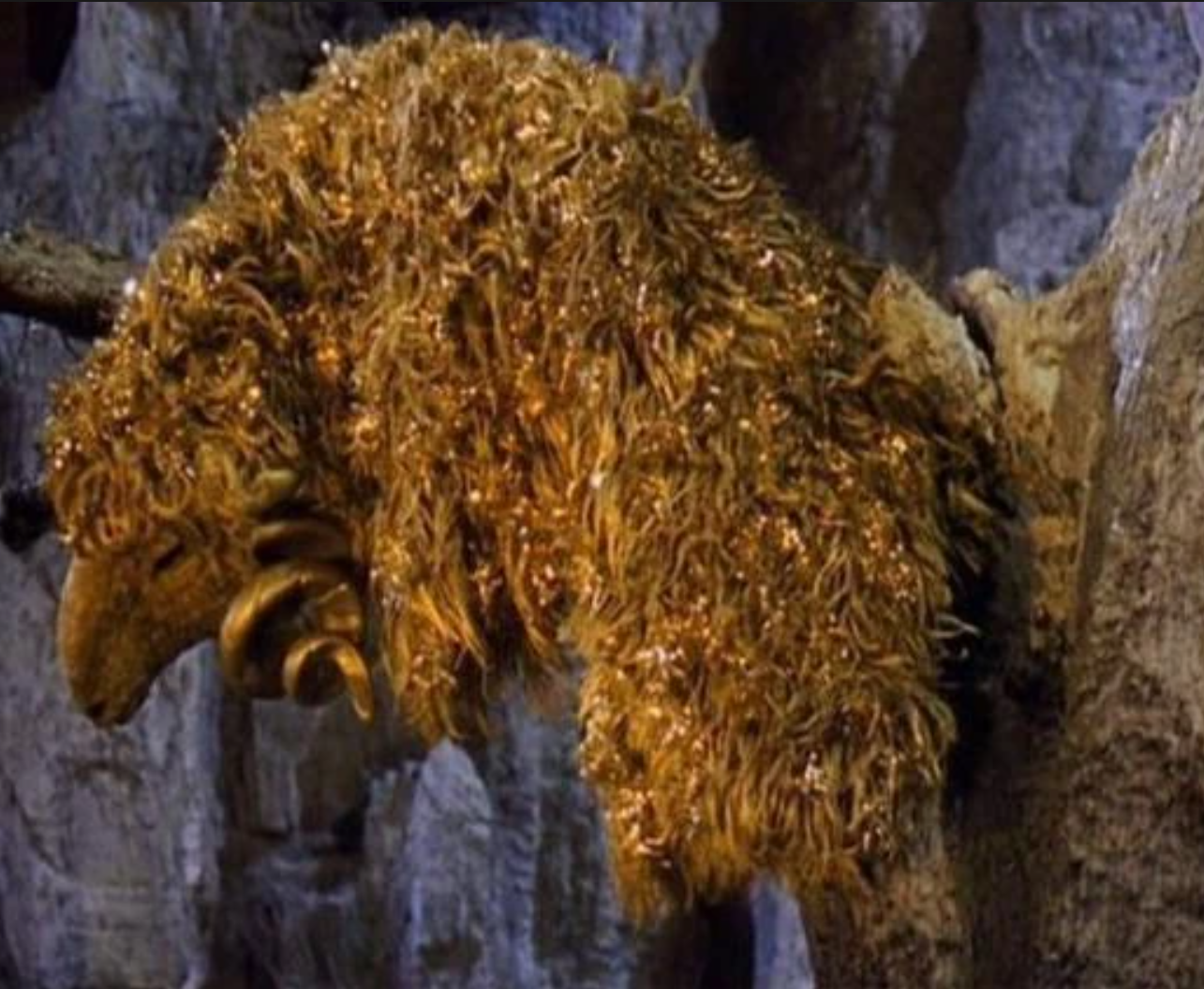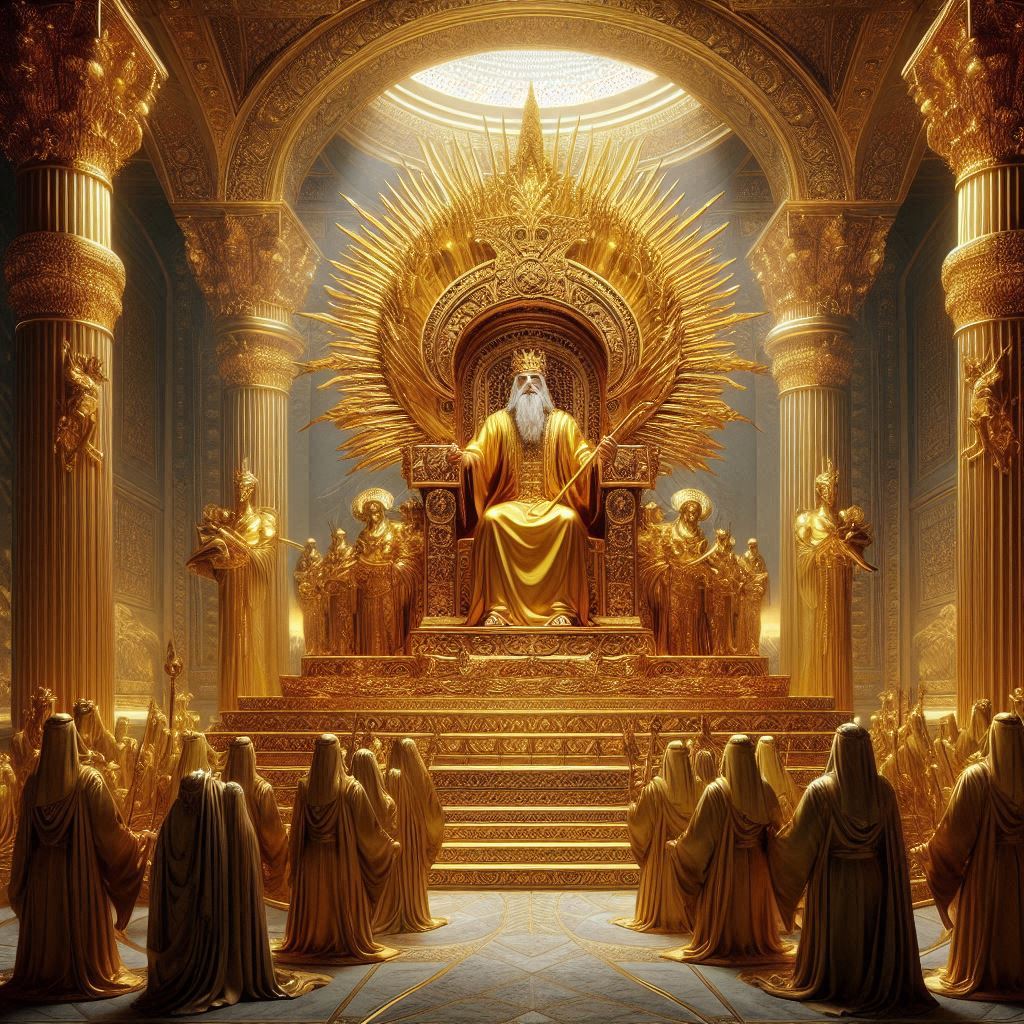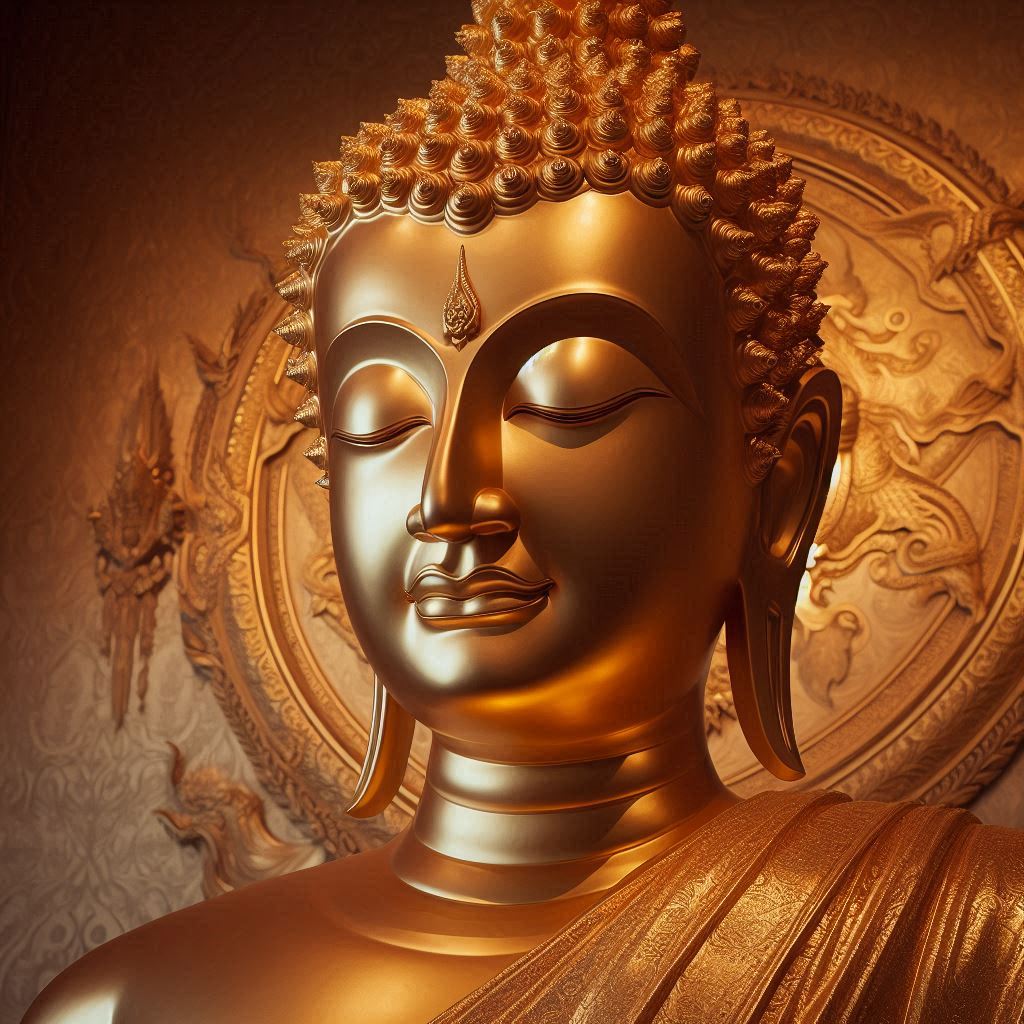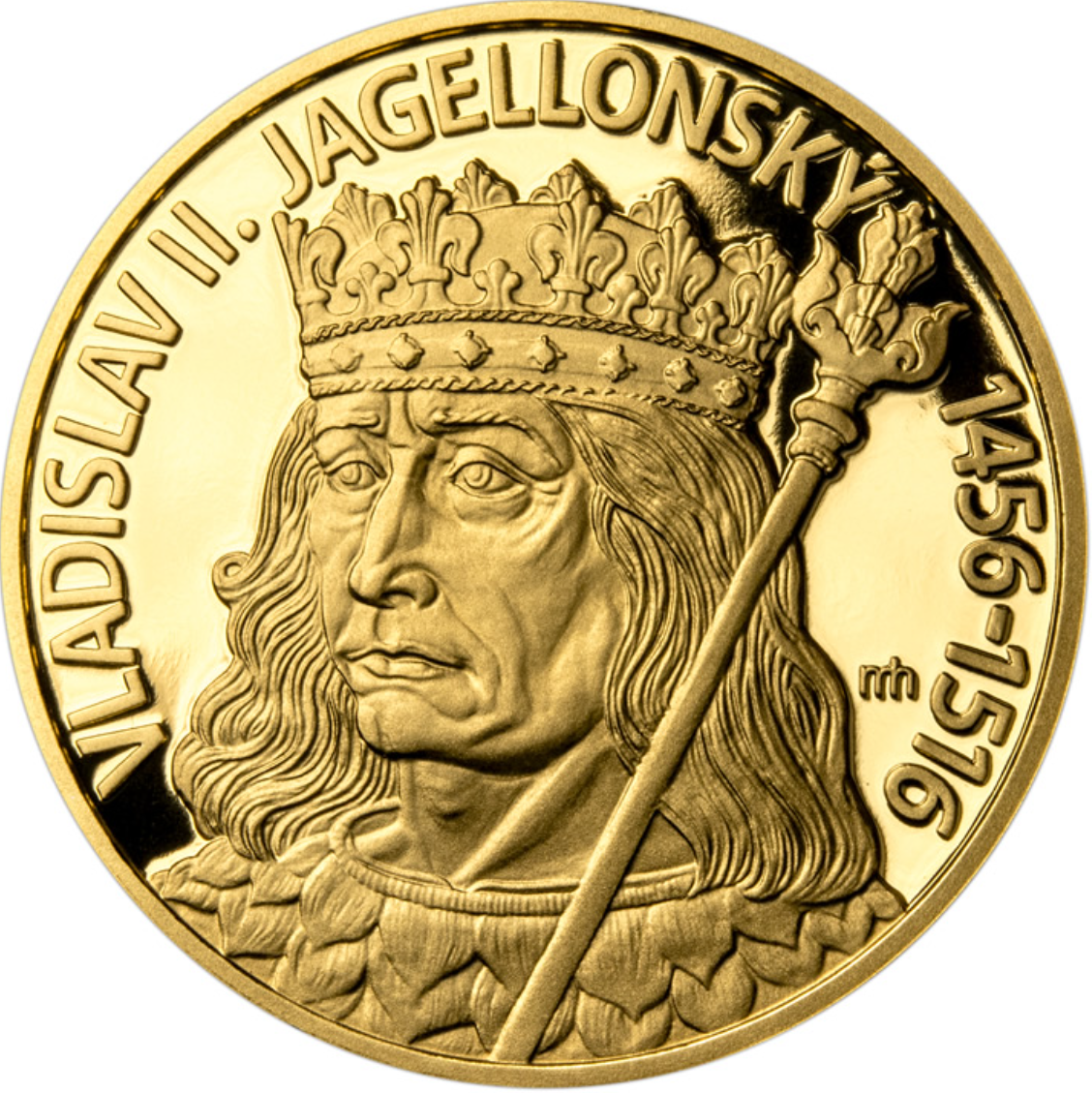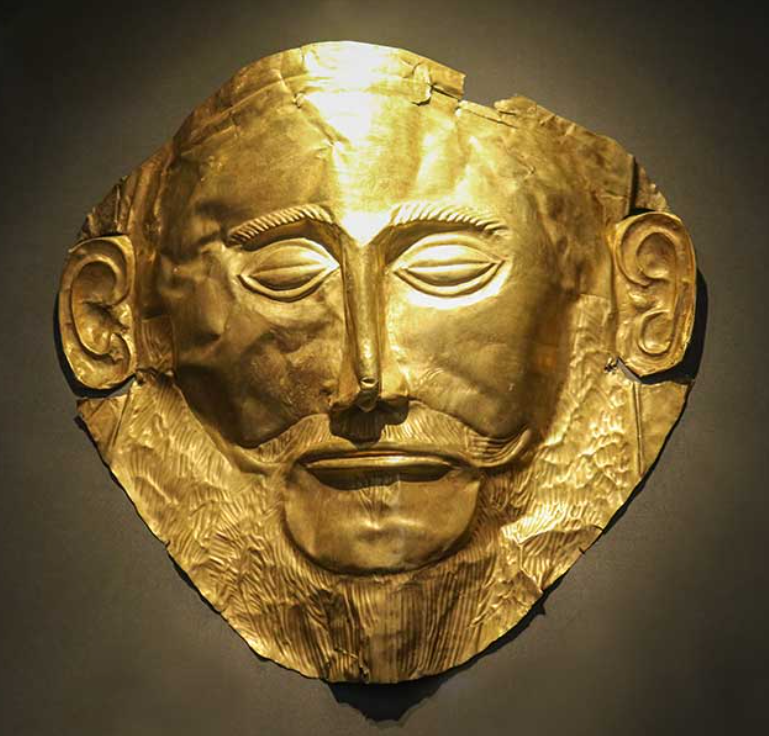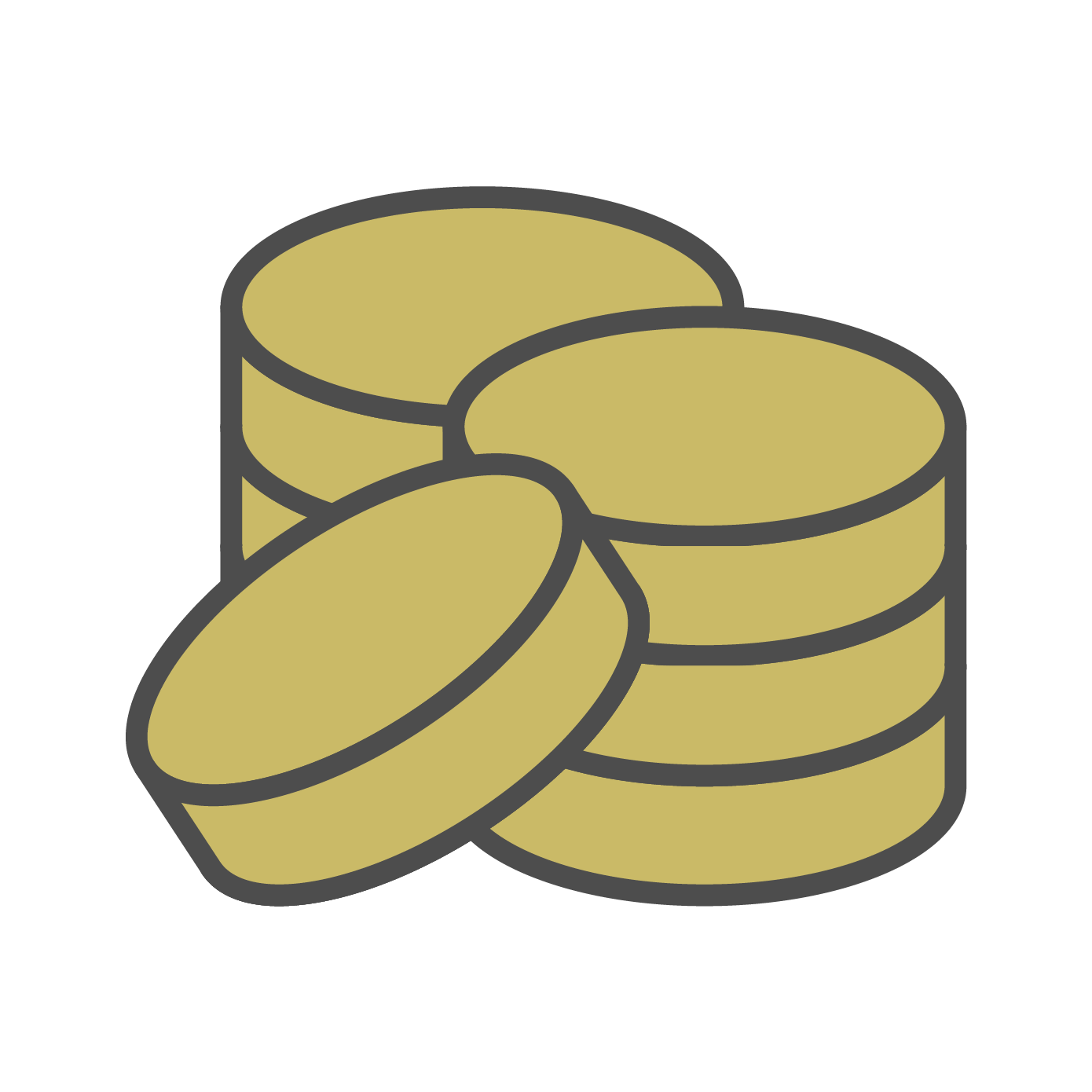Famous Golden Artifacts
Famous Golden Artifacts Throughout History
Gold has been a symbol of power, wealth, and divinity for millennia, shaping cultures and civilizations across the globe. Many of the most famous golden artifacts are steeped in history, representing artistic mastery, religious devotion, or royal authority. Here’s a look at some of the most renowned golden artifacts throughout history.
1. Tutankhamun’s Funeral Mask (Ancient Egypt, 14th Century BCE)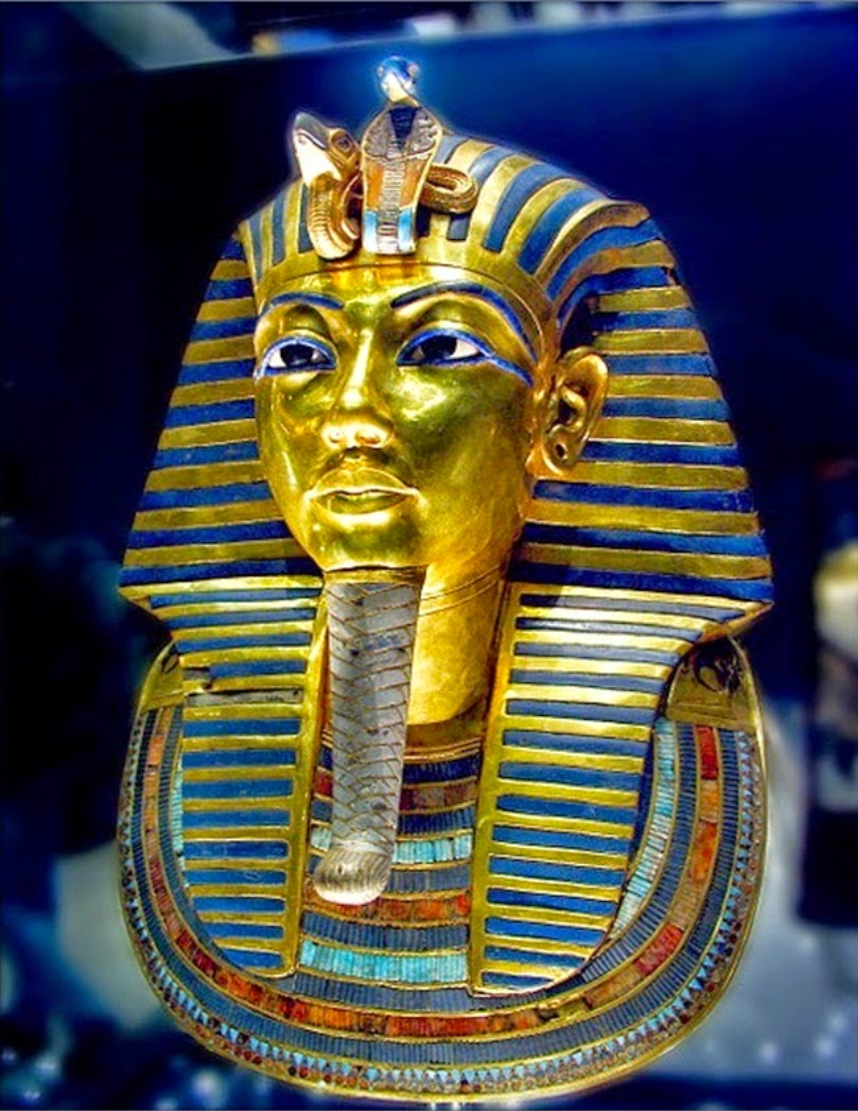
One of the most iconic treasures of Ancient Egypt, the golden mask of Pharaoh Tutankhamun, discovered by Howard Carter in 1922, is a symbol of ancient opulence. The mask, made of solid gold and inlaid with precious stones, covered the mummified face of the boy king, who ruled Egypt in the 14th century BCE. This funerary artifact is an example of the Egyptians’ belief in the afterlife, where they preserved their rulers’ bodies and adorned them with gold to ensure their divine presence in the world beyond.
2. The Golden Fleece (Greek Mythology)
Though legendary rather than physical, the Golden Fleece remains one of the most famous golden artifacts in Western mythology. It was the object of Jason’s quest in the epic story of the Argonauts. Said to be a fleece of gold hair from a divine ram, it was believed to hold magical properties and was a symbol of authority and kingship. Though mythological, the story reflects ancient societies’ obsession with gold and its perceived divine power.
3. The Gold Artifacts of the Royal Cemetery of Ur (Mesopotamia, 2600 BCE)
Unearthed from the Royal Cemetery of Ur in modern-day Iraq, the gold artifacts buried with the Sumerian elite around 2600 BCE are awe-inspiring. These items include intricate jewelry, headdresses, and ceremonial items, such as the famous Golden Lyre. These objects were buried with the dead to symbolize their wealth and importance, reinforcing gold’s status as a precious material even in the earliest civilizations.
4. The Lydian Gold Coins (Ancient Lydia, 6th Century BCE)
The invention of coinage in Lydia, located in modern-day Turkey, marked a revolutionary moment in history. The first known coins, minted by King Croesus, were made of electrum, a naturally occurring alloy of gold and silver. These coins standardized trade and commerce, with gold becoming the primary representation of wealth. Today, these Lydian gold coins symbolize the dawn of modern economics and the role of gold as a global currency.
5. The Golden Throne of King Solomon (Biblical Period)
Although the actual throne of King Solomon has never been discovered, the Bible describes it as a grand seat made of ivory and overlaid with gold. This throne symbolizes the power and wisdom of Solomon, who was considered one of the greatest kings of Israel. The golden throne became a legendary representation of wealth, divine favor, and justice in biblical history.
6. The El Dorado (South America, 16th Century)
The legend of El Dorado, the city of gold, captured the imaginations of European explorers during the 16th century. The story originated in the Andes, where native chieftains were said to cover themselves in gold dust during ceremonies. The search for this fabled city led to expeditions deep into the jungles of South America, yet no such city was ever found. El Dorado remains a symbol of the European lust for gold and the mythical allure of vast, untold wealth.
7. The Golden Buddha (Thailand, 13th Century CE)
Weighing over 5.5 tons and made entirely of solid gold, the Golden Buddha housed in Wat Traimit in Bangkok, Thailand, is one of the largest golden artifacts in the world. Originally covered in plaster to hide it from invaders, its golden core was accidentally rediscovered in the 1950s. This artifact is revered not only for its material value but also for its spiritual significance, as gold in Buddhism is associated with enlightenment and purity.
8. The Golden Crown of Vladislav Jagellon (15th Century CE)
The Crown of Vladislav Jagellon, crafted in the 15th century, was one of the most exquisite crowns in European history, worn by kings of Bohemia and Hungary. This stunning artifact, with its encrusted jewels and ornate goldwork, reflects the opulence of medieval European monarchies and their connection to divine rule through their golden regalia.
9. The Mask of Agamemnon (Ancient Greece, 16th Century BCE)
Found in a tomb at Mycenae, Greece, the Mask of Agamemnon is a funerary mask made of gold, believed to be from the 16th century BCE. Although the name is symbolic and not an actual representation of the mythological King Agamemnon, the mask is a testament to the skill and artistry of ancient Greek goldsmiths. It was discovered by Heinrich Schliemann in the 19th century and is considered one of the most famous artifacts from ancient Greece.
10. The Gold of the Incas (Peru, 15th Century CE)
The Inca Empire was rich in gold, with many of their temples, palaces, and shrines decorated in the precious metal. The most famous of these is the Coricancha (Temple of the Sun) in Cusco, which was adorned with sheets of gold. The Inca saw gold as the sweat of the sun and used it in religious rituals to honor their gods. The looting of these artifacts by Spanish conquistadors during the 16th century marked the end of the Inca’s golden era, but their legacy remains in the treasures that survived.
The Gold Buying Facts . . .
The allure of gold has transcended time and space, captivating the minds of kings, explorers, artisans, and common people alike. These golden artifacts not only symbolize wealth and power but also hold deep cultural and spiritual significance. Whether hidden away in ancient tombs, mythologized in legends, or displayed in modern museums, these treasures offer a window into humanity’s enduring fascination with this precious metal.
For more insights on gold investment and how it can benefit you, visit goldbuyingfacts.com, your trusted source for expert advice and up-to-date information.
